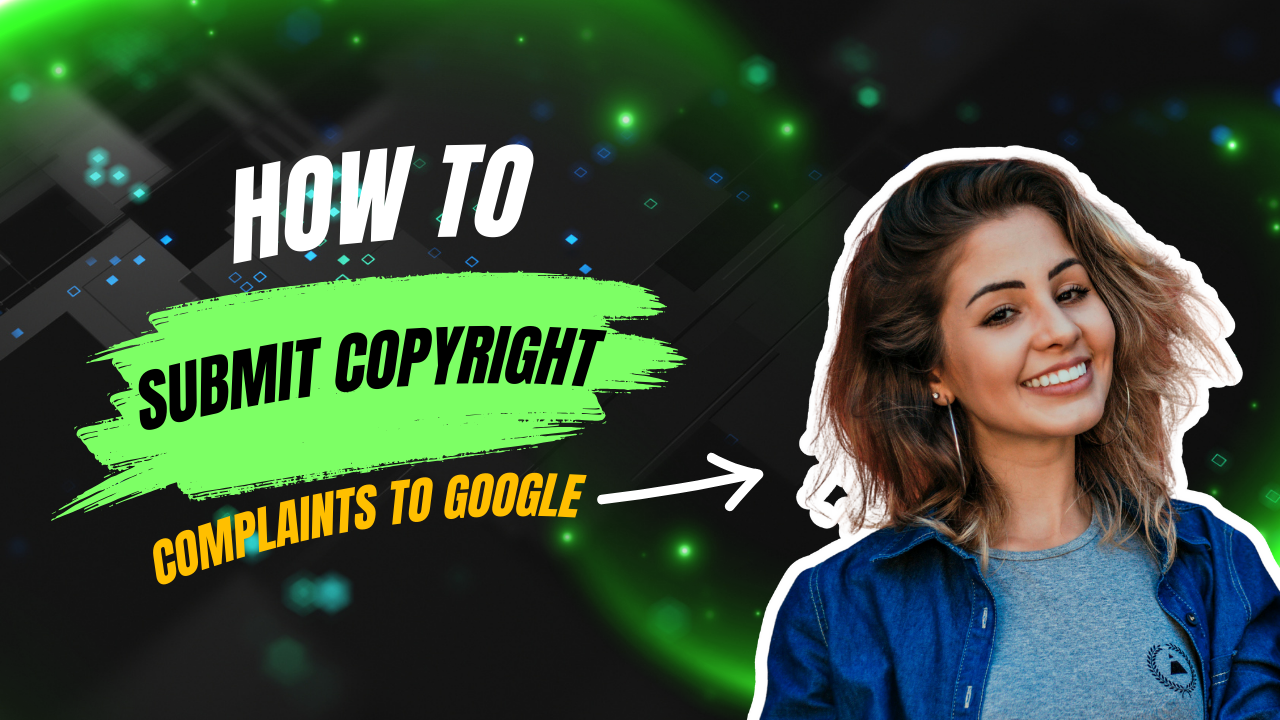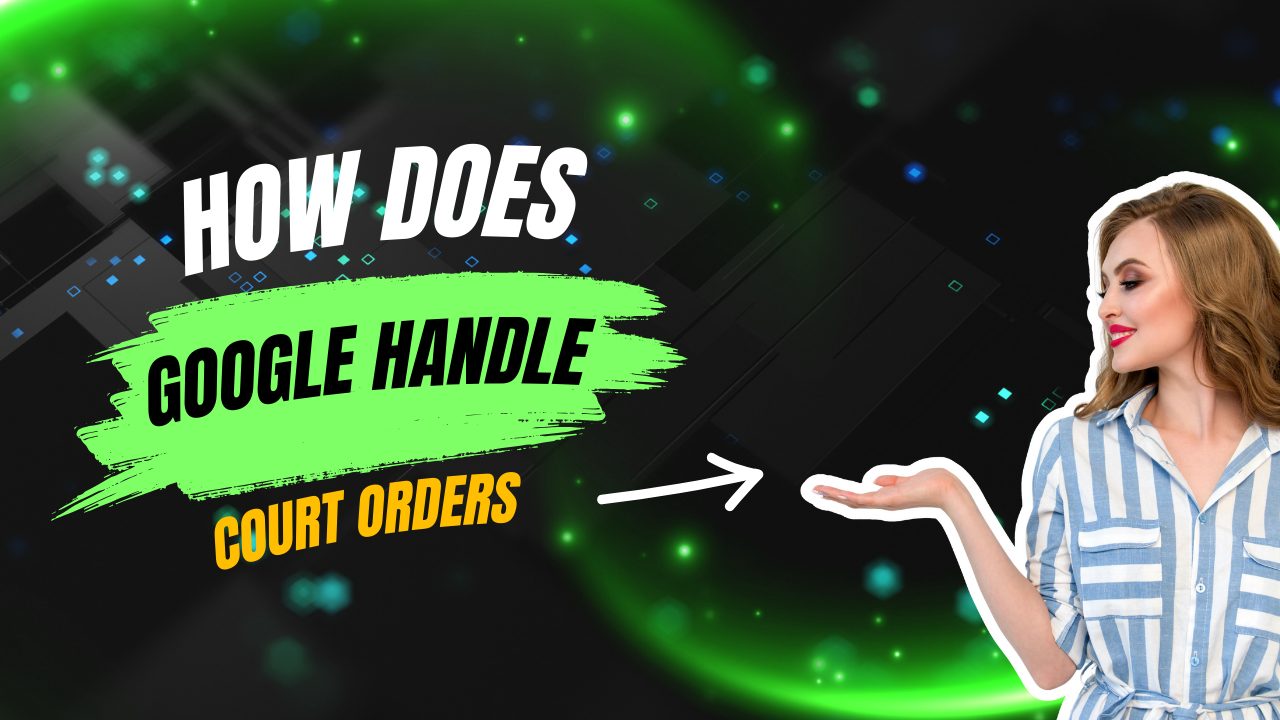When you’re dealing with harmful search results, relying on just one tactic usually isn’t enough. To protect your reputation fully, it’s often smarter to combine legal removal efforts with suppression strategies.
Here’s how to do it step-by-step.
More DB Insights: How to Remove Google Search Results
1. Why Use Both Strategies?
Some content can be removed through legal channels—like personal data, defamation, or copyright violations. Other content, even if damaging, is protected by free speech or public interest laws and can’t be taken down easily.
Combining both approaches gives you the best shot at:
- Getting as much harmful content removed as possible
- Reducing visibility of anything that remains
- Building a strong, positive online presence
It’s a faster, more comprehensive way to fix your search results.
2. Step 1: Identify What Can Be Removed
Start by reviewing every negative link carefully. Check if it qualifies for legal removal, including:
- Non-consensual explicit content
- Personal information (addresses, phone numbers, ID numbers)
- Copyrighted material
- Defamation or proven falsehoods
- Court-sealed documents
If the content fits into one of these categories, you can:
- File a removal request with Google
- Submit a DMCA takedown
- Request a site owner removal
- Pursue a court order if necessary
The goal is to remove what you legally can first before moving to suppression.
3. Step 2: Suppress Content That Can’t Be Removed
For everything that can’t be legally removed, build a suppression strategy:
- Launch a personal or business website optimised with your name
- Publish articles, press releases, and blog posts on trusted platforms
- Strengthen and update all your social media profiles
- Post videos, podcasts, and interviews that feature your name prominently
By outranking the negative content, you push it down where fewer people will ever see it.
4. Step 3: Prioritise the Highest-Risk Results
Not all negative links cause the same amount of damage. Focus first on:
- Pages ranking in the top 3–5 spots
- Content showing your full name or brand name
- News articles, forum threads, or review pages that get high traffic
Handle the worst offenders first—remove them if possible, suppress them if not. Then move down the list.
5. Step 4: Monitor and Adjust Your Strategy
Even after removal or suppression, search results can shift. Set up Google Alerts for your name and use SEO tools like Ahrefs or Google Search Console to monitor rankings.
If new negatives appear:
- Try for quick removal if they qualify
- Launch fresh content to stay ahead
- Adjust your suppression strategy to cover any gaps
A combined approach isn’t one-and-done—it’s ongoing reputation management.
6. Final Takeaway
Combining legal removals with suppression gives you the strongest defence against damaging search results.
Remove what you can, suppress what you can’t, and always stay proactive about what people find when they search your name.
If you want expert support putting both strategies into action, reach out to a professional team that understands how to fight on both fronts—and make sure the internet tells the right story about you.




